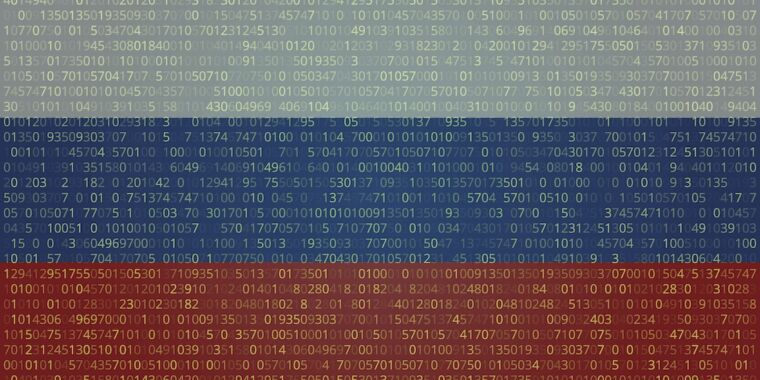Exploring the Use of Sketches as Instructions for Robots
Recent advancements in language and vision models have significantly contributed to the advancement of creating robotic systems capable of following instructions from text descriptions or images. Yet, there are inherent limitations to what language- and image-based instructions can achieve.
Research on Sketches as Instructions
A recent study conducted by researchers at Stanford University and Google DeepMind has proposed the utilization of sketches as instructions for robots. Sketches provide rich spatial information, enabling robots to execute tasks without the complexities associated with realistic images or the ambiguities of natural language instructions.
Their new model, RT-Sketch, leverages sketches to control robots. In dynamic situations where language and image instructions fall short, RT-Sketch has exhibited superior performance compared to conventional agents conditioned on language or images.
The Merits of Using Sketches
While language is a familiar means to specify goals, it can be impractical when precision is required, such as arranging objects in specific layouts. Moreover, images may offer detailed goal depictions, but accessibility to a goal image may be unfeasible, leading to potential overfitting to training data.
The idea of conditioning robots on sketches emerged as a solution for interpreting assembly manuals, like IKEA furniture schematics, where language ambiguity and pre-determined images pose challenges. Sketches were chosen for their simplicity, ease of collection, and information richness. They offer spatial details that are difficult to articulate in natural language while avoiding the overwhelming pixel-level details of an image.
The Development of RT-Sketch
RT-Sketch aligns with a new wave of robotics systems adopting transformers, a deep learning architecture utilized in large language models. Building on the Robotics Transformer 1 (RT-1) model, developed by DeepMind, RT-Sketch adapts the architecture to process visual goals, including sketches and images.
Training RT-Sketch involved transforming VR-teleoperated demonstrations into hand-drawn sketches to create goal sketches. This was facilitated through a generative adversarial network (GAN) capable of converting images into sketches. The resulting model, RT-Sketch, equips robots to interpret images and sketches and generate corresponding action commands.
Real-world Applications
RT-Sketch demonstrates suitability in spatial tasks where visual or sketch-based instructions offer expediency compared to verbal instructions. Tasks like setting a dinner table, arranging objects, or multi-step folding of laundry can benefit from RT-Sketch’s ability to process visual instructions efficiently.
Additionally, RT-Sketch’s performance in cluttered environments highlights its effectiveness in scenarios where image-based instructions can be misleading. By striking a balance between minimalism and expressiveness, sketches emerge as a promising medium for robotic instruction.
Future Prospects and Developments
The research team anticipates exploring sketches in conjunction with other modalities like language, images, and human gestures, broadening the scope of robotic capabilities. By further studying the versatility of sketches in conveying motion, subgoals, constraints, and semantic labels, potential applications in downstream manipulation remain largely unexplored.
As ongoing research at DeepMind delves deeper into multi-modal models, the integration of findings from RT-Sketch may pave the way for enhanced robotic functionalities. The potential of sketches as instructional tools extends far beyond their current application in capturing visual scenes, holding promise for future advancements in the field of robotics.
Image/Photo credit: source url





